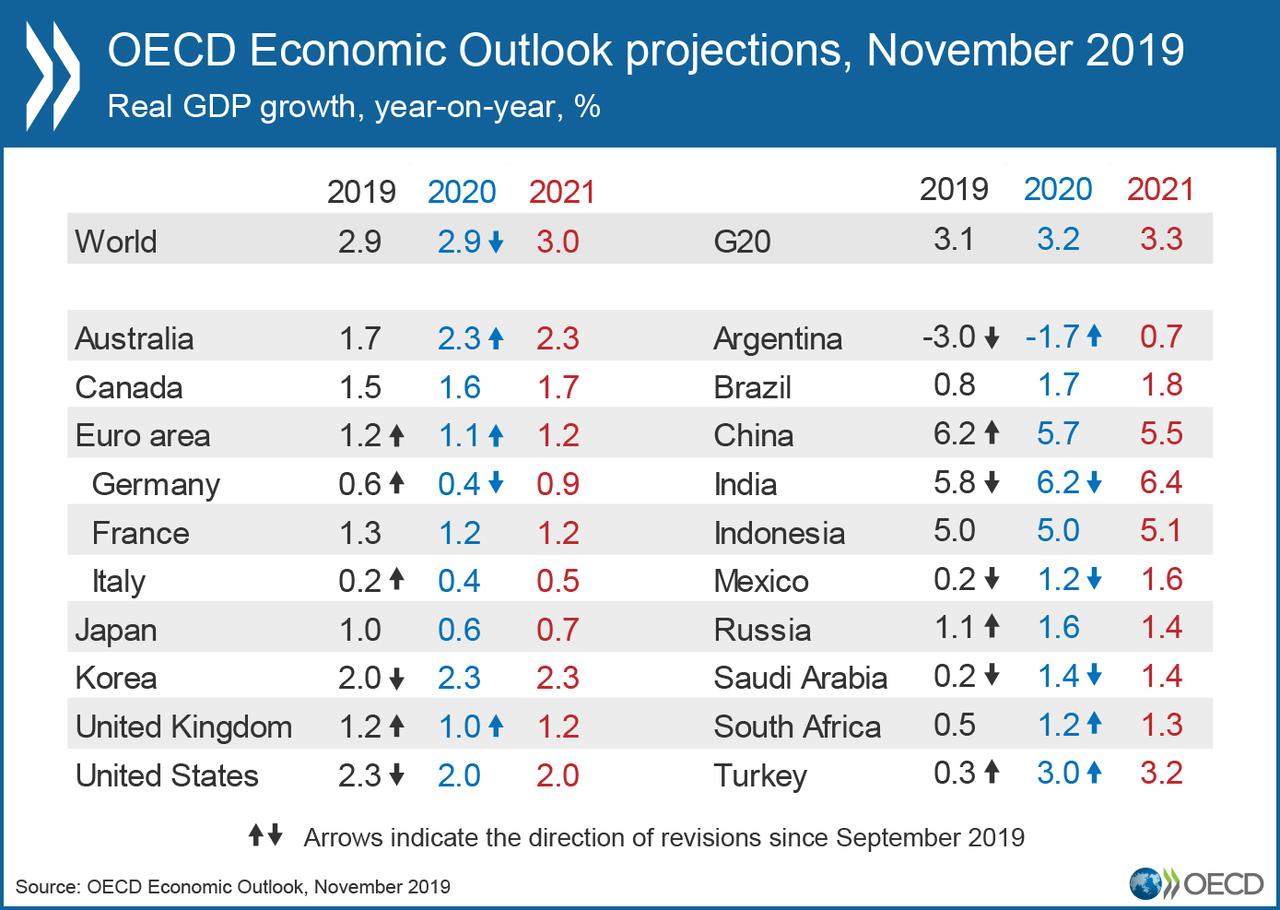What Happens When The Economic Momentum Ends?
Authored by Bruce Wilds via Advancing Time blog,
The economic landscape before us continues to look like something out of "Alice And The Looking Glass". A bizarre and unrecognizable land, a land that is distorted and papered over by ream after ream of paper. For over a decade this paper has been rolling off the printing presses of central banks all across the world in an attempt to mask reality. Peter Schiff says, printing money is to the economy what taking drugs is to a drug addict. In the short term, it makes the economy feel good, but in the long run, it is much worse off. Unfortunately, what was once the "long-run" or "distant future" is now getting much closer.
At some point we have simply overbuilt!
Many people are now set to blame any slowdown in global growth on what has been declared a very dangerous and protracted trade war. Going into it many economists warned it could be truly disastrous for the entire global economy. In my opinion, the fear of slowing trade and how it will affect America is being overplayed and is not the chief catalyst for a slowdown here in America. While it is easy to target trade as the culprit and Trump as the instigator this conclusion is not supported by facts. We should remember the economy moves in cycles and this one is long in the tooth by historical standards.
Since the Bernanke experiment began, time and time again, the green shoots of economic growth have withered and required more stimulus in order to move to the next level. Each prediction of achieving escape velocity has proven to be short-lived or overly optimistic. These bursts of good news have continually been followed by disappointing economic data forcing some kind of stimulus to get the economy over the next hurdle. When all is said and done I expect economists will argue for decades over whether Bernanke indeed took us down the wrong path because "easy money" allows us to ignore important problems.
When it comes to the economy we are not talking about a well-oiled and designed machine and in the end, we may find that events are not completely under the control of those who have been placed in the driver's seat. We have just been through an expansion in credit and the monetary base of a magnitude never before witnessed in modern times. The influx of monetary stimulus from QE and massive government deficit spending has created the illusion of more pent up demand then exists or can be substantiated.
This has resulted in an elevated baseline for comparing year on year growth, in short, we have to move forward faster next year just to keep growing. For example, if we manufacture and sell twelve million automobiles this year up from ten million because of low interest rates and easy money, we now must sell the same number for the economy not to contract. This means the bar is constantly being lifted and we must sell even more next year in order to move forward. The whole concept of economic growth is based on an ever-growing trend of year over year increased production.
Click Here To Enlarge
The bad news is that even after the latest wave of fresh stimulus, global growth is again starting to drop according to the OECD's latest report on the Economic Outlook. The report from the Paris based policy forum titled; Weak trade and investment threaten long-term growth, paints a bleak picture of what's to come. The world economy is quickly decelerating after peaking at 3.5% in 2018. Going forward the global GDP is expected to grow at a decade low of only 2.9% this year and remain in the range of 2.9% to 3% through 2021.
Throughout history, new trends and inventions have emerged shaking things up and propelling growth. Also, we have become accustomed to what is known as "sector rotation." Such as computer sales increase when clothing falls, but overall we seek numbers that reflect an upward and onward slope. History shows that such trends falter when they become overdone and become a headwind for growth, Central bank action coupled with massive government spending in recent years has acted as an "artificial tailwind" but this is not a normal state which can be sustained.
So the question is, what happens after the momentum ends? After QE can no longer increase demand. After most or all of this easy money has flowed into the investment "of the day," what happens when it begins to flow out? The problem is this so-called recovery has been constructed on the unstable base of false demand and debt. It is not uncommon to see debt sour when the economy slows, and this can rapidly occur. Time has a way of revealing certain realities but does so at its own choosing. While we tend to think that we will see "it coming," and have ample time to react if it becomes apparent the markets are about to crash the speed at which events can occur is often a surprise.
Many people have come to accept the fact the world might soon witness a major shift in the value of one investment over another as investors seek firmer ground. Derivatives, currencies, plunging stock prices, air rushing out of a bond market bubble, how debts are structured, and the timing or direction from which problems arise are all factors that must be considered. Investors are constantly reminded that investing involves risk, investing in foreign markets is subject to additional risk including currency fluctuations. This means we face the loss of principal or capital. Year after year of climbing markets tends to make people complacent and that is where we are.
https://ift.tt/2XKxA0E
from ZeroHedge News https://ift.tt/2XKxA0E
via IFTTT






0 comments
Post a Comment